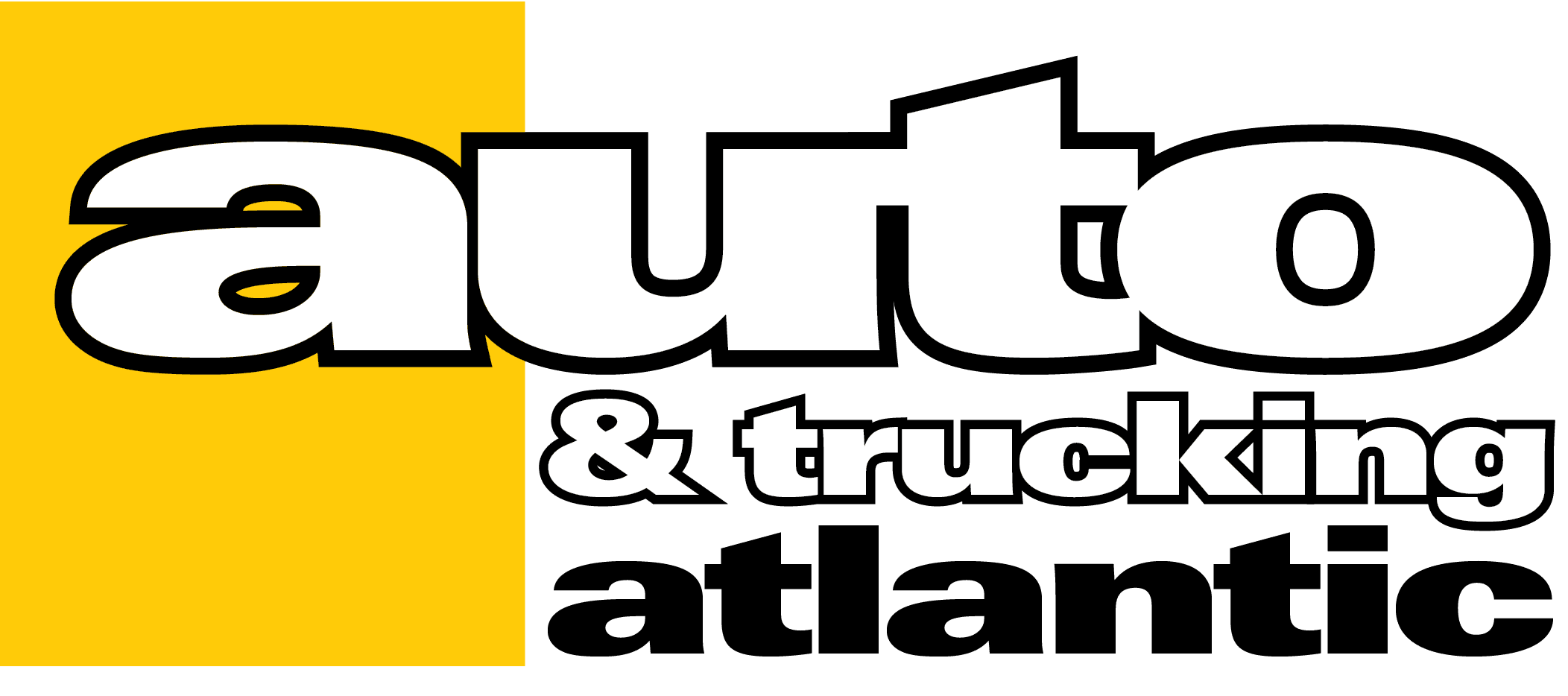Proper wheel alignment is paramount for driver safety and improving the fleet’s bottom line. Along comes a new piece of technology that merges efficiency with cost savings and boosts credibility to boot.
By Carter Hammett
There can be no arguing about the importance of proper wheel alignment for your truck. Never mind the expense of tires, alignment is critical for keeping tires from developing uneven wear which can lead to early and unnecessary tire removals.
It wasn’t that long ago when some fleets based their alignment on age of the vehicle or amount of mileage. In some cases fleets only align their vehicles when the tires are displaying irregular wear.
The other variable to consider is stress on the driver. Already a lonely profession, if the driver has to wrestle with steering to maintain a stable line, this will only cause anxiety and may result in higher staff turnover.
Fortunately, there are new and improved responses to problems like these. One of these is the Quick Check Commercial ® (QCC), introduced by Hunter Engineering (www.hunter.com) in November 2021.
Described as “the world’s first touchless heavy-duty alignment and tread depth inspection solution,” the QCC is actually a combination of two unmanned inspection products: Quick Check ® Heavy Duty and Quick Tread ™ Heavy Duty, says Product Manager of Inspection, Alex Smith.
“Both products use lasers and camera sensors to generate their measurements without labor,” says Smith. “Quick Check ® Heavy Duty highlights total toe and camber issues on steering axles, as well as tandem axle scrub. If not kept within manufacturer’s specifications, these three angles are responsible for premature tire wear and poor fuel economy. Quick Tread™ Heavy Duty automatically generates three-dimensional tread depth results in seconds, quickly providing a clear indication of the tire’s tread condition.”
By combining both products, QCC empowers fleet customers to increase fleet efficiency and operational safety while HD repair facilities can identify profitable wheel service opportunities
In terms of efficiency, manually inspecting a tractor-trailer’s alignment and tread depth typically takes a technician about 30 minutes. QCC does this with no labour in 15 seconds.
Back in 2011, the American Trucking Association’s Technology & Maintenance Council conducted a study showing a typically misaligned 18-wheeler suffered 2.2% worse fuel economy versus one kept within specifications. With current diesel prices pushing $6 per gallon in both the United States and across Europe, this equates to a yearly fuel savings of $20,000 dollars for every million miles. The larger the fleet, the more critical keeping track alignment condition becomes.
By measuring tread depth with Quick Tread™ Heavy Duty, fleet managers can avoid potential safety issues due to worn tires and rotate tires to maximize the value of every millimeter of tread depth.
Another feature of the QCC is that it requires little upkeep. “Because there are very few moving parts, QCC requires very little maintenance,” Smith says. ”The only recurring maintenance most customers need is a simple glass wipe to the Quick Tread ™ Heavy Duty sensor camera glass.”
Common wear-and-tear causes
QCC can play a valuable role in detecting the effects of some of the more common causes of wear on tires. Some of these include tread depth, camber and toe scrub.
According to Smith, one of chief catalysts for wear is Toe (Tandem) scrub. This is the angle formed by the intersection of horizontal lines drawn through each rear axle in a tandem axle pair. Excessive tandem scrub angle can cause decreased fuel economy and tire wear on every axle.
Camber is another thing to be aware of. This is the inward (negative), or outward (positive) tilt of the wheel. Excessive camber will prematurely wear tires and can cause a vehicle to drift left or right, causing driver fatigue over hundreds or thousands of miles.
Finally, tread depth – here defined as the depth of the tire’s grooves, measured from the surface of the tire to the bottom of the groove. “A lack of proper tread depth results in increased stopping distance. If one tire in a dually pair has more tread depth than the other, it will carry more weight and therefore generate more heat, which can lead to accelerated tire degradation and in extreme cases, tire blowouts,” says Smith.
When combined with the cutting edge sophistication of technology including 3D scanning and cameras that capture the most commonly-damaged parts of the vehicle, you are working with a system that generates piece of mind for fleet managers and ultimately impacts the bottom line in a positively substantial way.
With every scan dollars are saved. It doesn’t get much better than that.

